A Fast-Growing Warm-Climate Pine, Perfect for Privacy!
Looking for a fast-growing Pine Tree for an accent or privacy hedge? The Loblolly pine is the perfect choice!
Growing at a rate of up to two feet per year, the Loblolly Pine is popular among gardeners and landscapers for quick privacy. With a neat oval shape, slender, dark-green needles and red-brown cones, this Pine Tree is an attractive landscape solution.
Reaching up to 60-90 feet tall at maturity, you'll be able to enjoy this long-lived tree for generations! A native of the Southeastern United States, this easy-growing tree can tolerate heat, flooding, poor soil and even moderate drought.
Plus, with the Loblolly Pine, you'll be providing a safe haven for wildlife in your area - this native tree provides shelter and food for many animals in the Southeast, including chickadees, nuthatches, turkeys, chipmunks, squirrels and more.
Why FastGrowingTrees.com is Better
The best part? We’ve planted and grown your Loblolly Pine Tree with care, so you get a tree with healthy roots and more mature branching, ready to grow as soon as it arrives at your door.
Our meticulous care of your Loblolly Pine, right here at our nursery, means consistent and high-quality growth for you.
Prized for its enduring good looks and easy, fast growth, this tree is one of America's most beloved. Get your own Loblolly Pine today!
Planting & Care
1. Planting: Loblolly Pines prefer full sun - for best results, plant your Loblolly Pine in a spot in your yard that gets at least 6 hours of sun each day, with moderate soil that isn't too dry or wet. Then, dig a hole that's large enough to accommodate the root ball, place your tree carefully and back fill the soil. Water well to settle the soil and roots.
Place a layer of pine needles or mulch around the base for moisture retention. Also, be sure the soil is firm after planting. If you can pull the tree out once it is planted, you need to pack the soil more tightly.
2. Watering: Your Loblolly Pine is moderately drought-resistant - water regularly while your tree is establishing, but rainfall should suffice after that.
3. Pruning: Prune your tree in winter or fall, and keep only the branches at the top two-thirds of tree. This will help your tree grow straighter and become more disease resistant. Immediately prune any diseased branches.

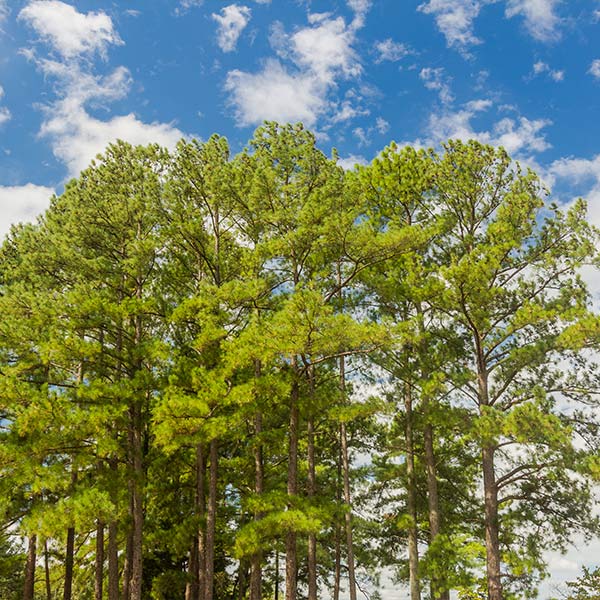
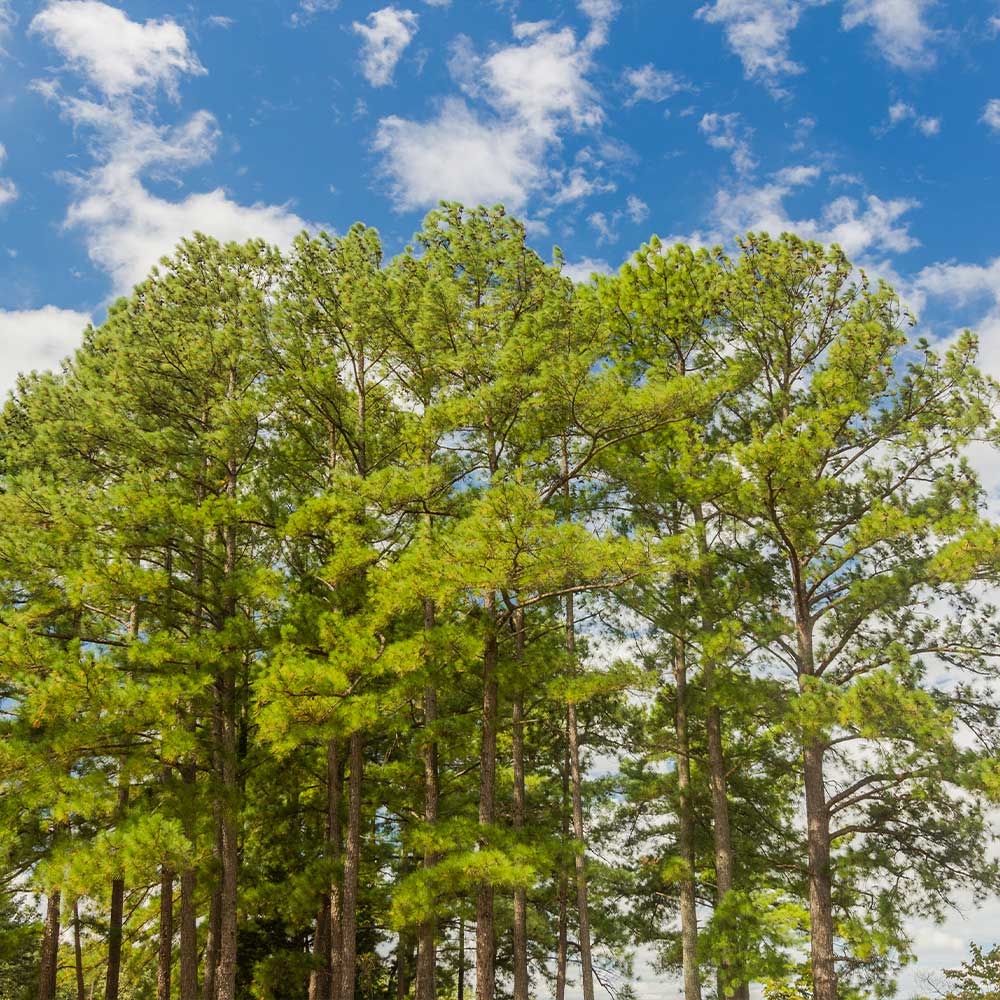
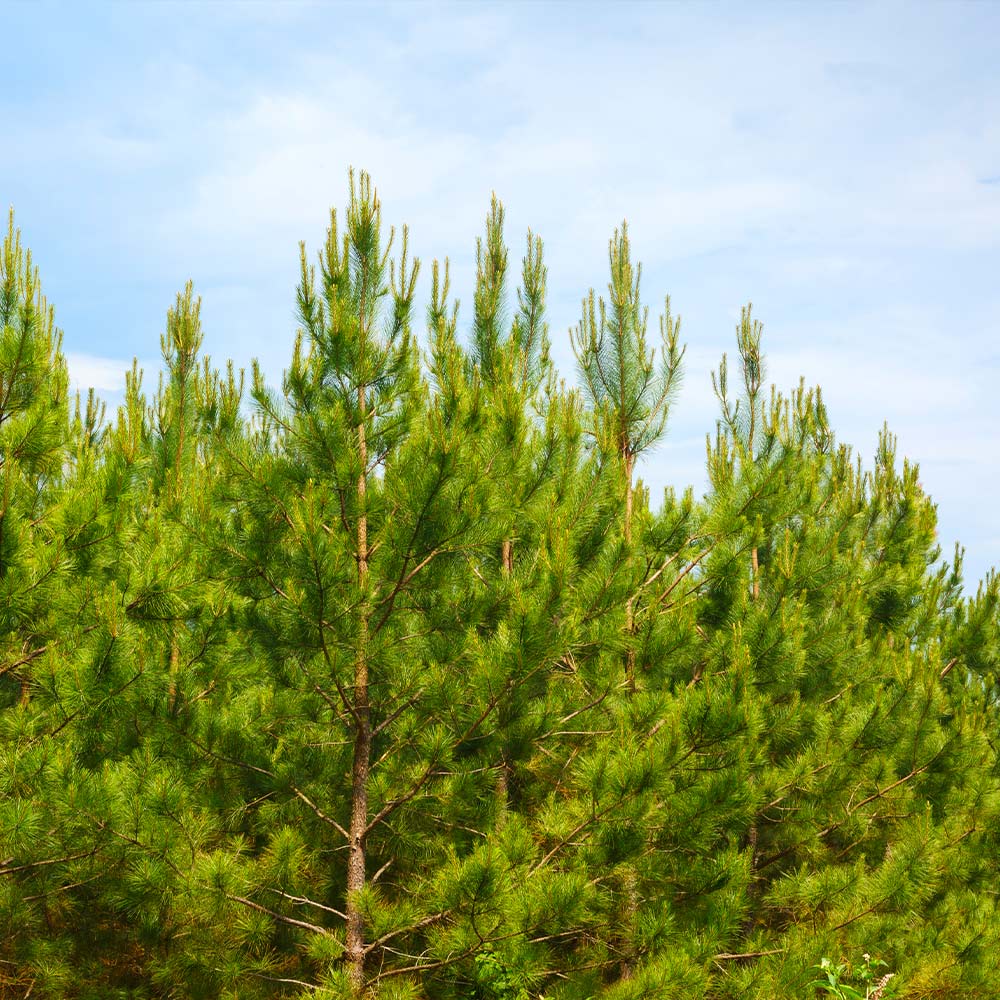
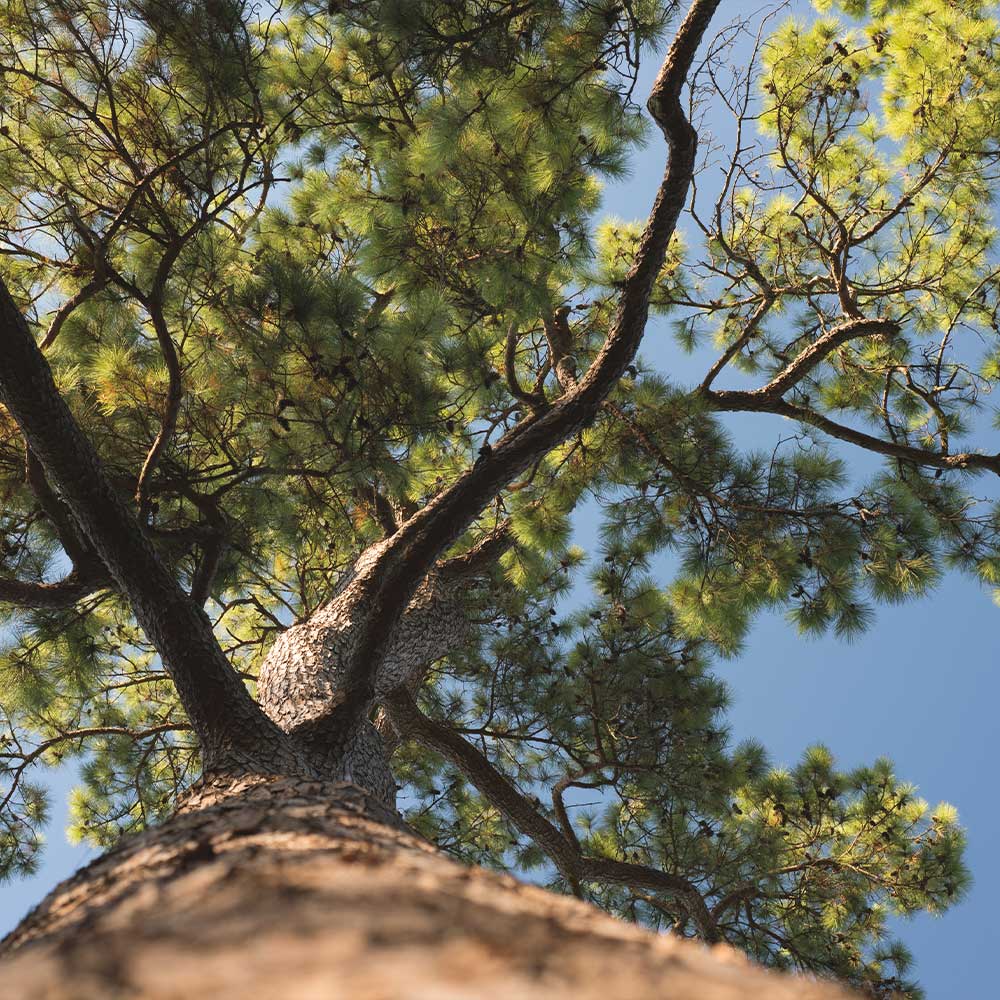
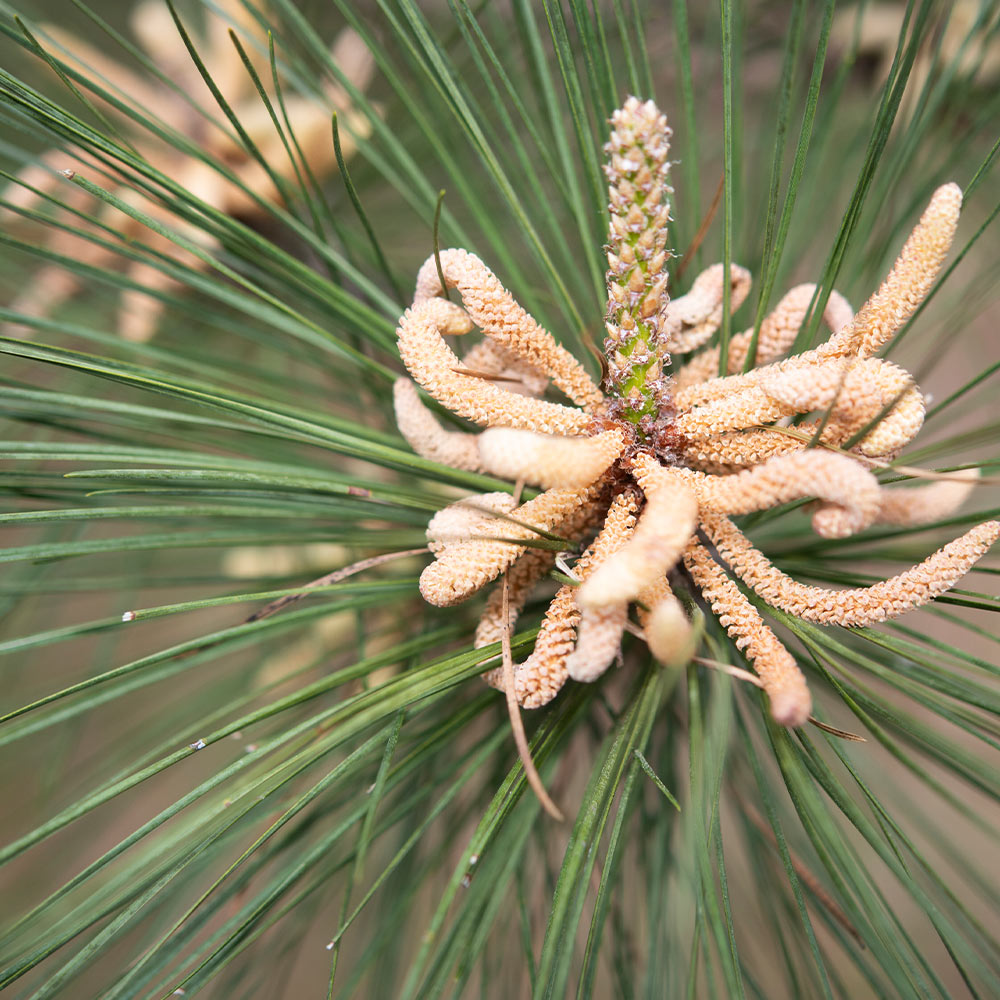

Comment